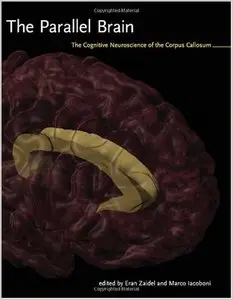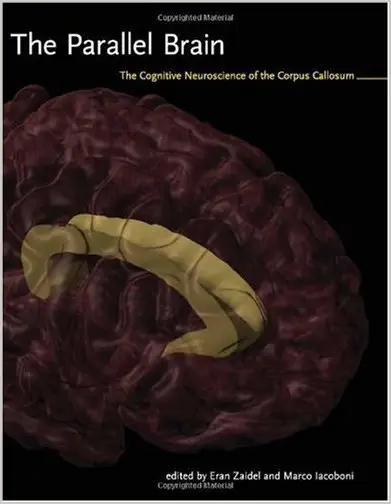The Parallel Brain: The Cognitive Neuroscience of the Corpus Callosum by Eran Zaidel
Publisher: The MIT Press; 1 edition (August 15, 2002) | ISBN: 0262240440 | Pages: 567 | PDF | 13.12 MB
Publisher: The MIT Press; 1 edition (August 15, 2002) | ISBN: 0262240440 | Pages: 567 | PDF | 13.12 MB
Hemispheric specialization is involved in every aspect of sensory, cognitive, and motor systems integration. Study of the corpus callosum, the bands of tissue uniting the brain's two hemispheres, is central to understanding neuroanatomy, neurophysiology, and behavior. It also brings the tools of hemispheric specialization to a fundamental problem of cognitive neuroscience: modularity and intermodular communication. This book summarizes current research on the human corpus callosum. It also provides a comprehensive introduction to cognitive neuroscience. Rather than viewing the field through the various systems of the mind/brain such as perception, action, emotion, memory, language, and problem solving, it takes a case studies approach. Focusing on the central problem of simple reaction time, it examines the most basic possible sequence of perception-decision-action.
The task is to press a button with one hand as soon as a patch of light is detected in the peripheral visual field. When the patch appears in the visual field opposite the responding hand, there must be interhemispheric transfer prior to response. But transfer of what–a visual input code? A cognitive decision code? A motor response code? Combining animal models, normal human studies, and clinical evidence, the authors apply anatomical, physiological, and behavioral perspectives to this question. The emerging view is that the corpus callosum consists of many parallel interhemispheric channels for communication and control, and that every transfer channel is context-dependent and modulated by attention.



